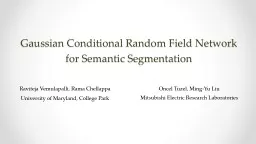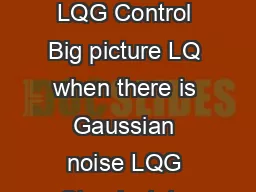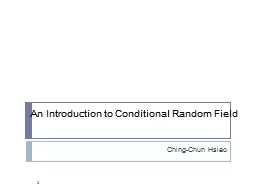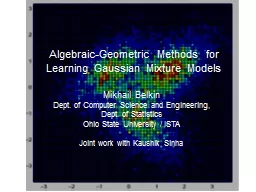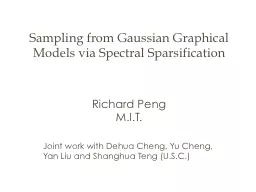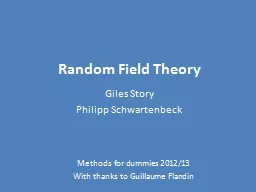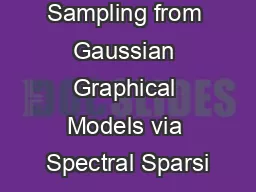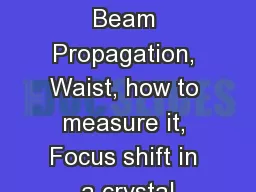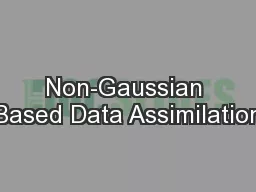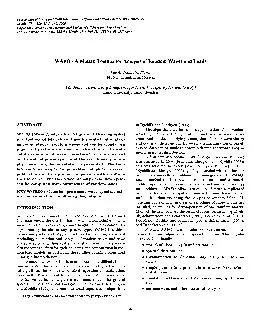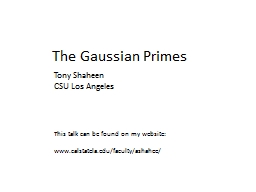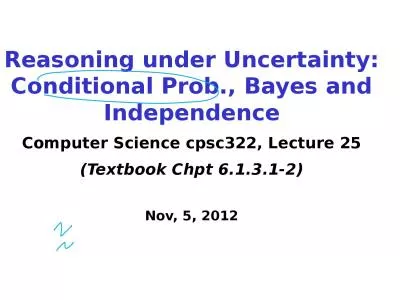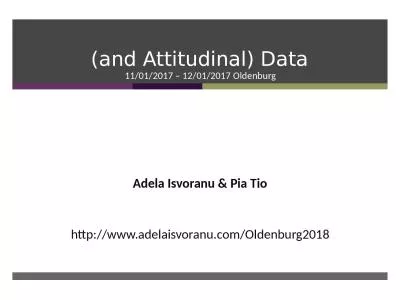PPT-Gaussian Conditional Random Field
Author : myesha-ticknor | Published Date : 2018-09-21
Network for Semantic Segmentation Raviteja Vemulapalli Rama Chellappa University of Maryland College Park Oncel Tuzel MingYu Liu Mitsubishi Electric Research
Presentation Embed Code
Download Presentation
Download Presentation The PPT/PDF document "Gaussian Conditional Random Field" is the property of its rightful owner. Permission is granted to download and print the materials on this website for personal, non-commercial use only, and to display it on your personal computer provided you do not modify the materials and that you retain all copyright notices contained in the materials. By downloading content from our website, you accept the terms of this agreement.
Gaussian Conditional Random Field: Transcript
Download Rules Of Document
"Gaussian Conditional Random Field"The content belongs to its owner. You may download and print it for personal use, without modification, and keep all copyright notices. By downloading, you agree to these terms.
Related Documents

